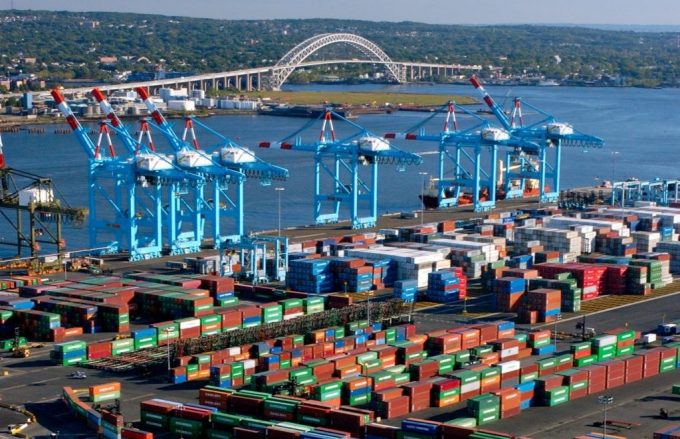Carriers launch new transpac shuttle services as Chinese exports surge
Container lines on Asia-America trades are set to take advantage of strong demand propelled by ...

New York & New Jersey has eclipsed Long Beach to become to the second-biggest US port, behind Los Angeles, which recorded a total of 467,763 teu of imports during June.
The port of NY/NJ recorded a stellar performance in June, seeing a 47.8% year-on-year increase in its throughput, to 390,169 teu, and 29.3% higher than in 2019.
Overall, container imports through the top ten US container ports in June were 32.5% up on the same month of 2020, although more relevant and ...
Volcanic disruption at Anchorage could hit transpacific airfreight operations
Macron calls for ‘suspension’ – CMA CGM's $20bn US investment in doubt
De minimis exemption on shipments from China to the US will end in May
Forwarders stay cool as US 'liberation day' tariffs threaten 'global trade war'
Trump tariffs see hundreds of cancelled container bookings a day from Asia
Mixed response in US to 'Liberation Day', while China leads wave of retaliation
Tariffs and de minimis set air freight rates on a volatile course


Comment on this article